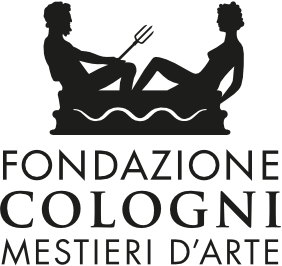The open-air project: a mesmerising challenge
Not mere outdoor furniture shaped by practical needs, but a collection of unique pieces that, thanks to the intuitions of the designers and the precious know-how of the workshops, go beyond traditional types to suggest new ways of enjoying nature. From the terracotta ‘lawn backrests’ of Duccio Maria Gambi to Adam Nathaniel Furman’s totems from which to contemplate the landscape and Federica Elmo’s modular marble stools. Each of the designs reflects the vision and expertise of its creators. If Elena Salmistraro brings her fanciful bestiary to the mosaic bench-butterfly produced with Carraro Chabarik, in the wooden armchair of Dorothée Meilichzon and Morelato we find the Art Deco codes of which the designer is so fond. While Philippe Malouin’s interest in industrial materials finds expression in a metal bench, developed with Mingardo. Metal is also the solid and resistant protagonist of the sculptural works of Marcin Rusak, Destroyers/Builders and Odd Matter.
There is no lack of bold experimentation on the part of those who have decided to come out of their comfort zone and try their hand at different materials and languages: like Sabine Marcelis, who has tackled ceramics for the first time, creating an essential wall lamp in the shape of a torch. In addition to young talents from around the world, two great designers of the calibre of Barnaba Fornasetti and Ugo La Pietra have joined the team of Doppia Firma this year. This has reinforced the project that Living, the Fondazione Cologni dei Mestieri d’Arte and the Michelangelo Foundation have been sustaining with conviction: projecting excellence in craftsmanship into the future by nurturing it with contemporary visions. In the name of a fertile and mutual collaboration.


